When I went to the Hulín feast at the weekend, I had some space left on my memory card for other things. For example, the underpass under the train station.
Graffiti is quite a controversial art form. On the one hand, it is very close to vandalism, on the other hand, some of the works show a lot of taste and creativity.
It is said that the easiest way to prevent vandalism is to let the art fill the space.
In Hulín they took this approach and I think they succeeded. The graffiti in the underpass under the railway station depict, among other things, scenes from the town's history, the founders of the local engineering company Pilana, Messrs. Studeník and Katz, the end of the war in 1945, the development of the railway, and remembrances of local associations and companies. The coordinator of this work is known, but the individual painters or sprayers remain anonymous.
As I wrote above, graffiti is a controversial phenomenon, but in this case I think graffiti belongs in spaces like this. It's definitely better than austere, unwelcoming concrete.
Když jsem byl o víkendu na hodech v Hulíně, zbylo mi trochu místa na paměťové kartě i na jiné věci. Například na podchod pod vlakovým nádražím.
Graffiti je docela rozporuplný druh umění. Na jedné straně má docela blízko k vandalismu, na druhé straně něktreým dílům nelze upřít vkus a kreativitu.
Říká se, že nejjednodušší cesta, jak zamezit vandalským graffiti, je nechat zaplnit daný prostor tím uměleckým.
V Hulíně šli právě touto cestou, a myslím, že se jim to povedlo. Graffiti v podchodu pod nádražím mimo jiné zobrazuje výjevy z historie města, zakladatele místního strojírenského podniku Pilana, pány Studeníka a Katze, konec války v roce 1945, rozvoj železnice, připomíná místní spolky a podniky. Koordinátor tohoto díla je znám, ale konkrétní malíři či sprejeři zůstali v anonymitě.
Jak jsem psal výše, graffiti je rozporuplný fenomén, ale v tomto případě si myslím, že na podobné prostory graffiti patří. Rozhodně je to tady lepší, než strohý nevlídný beton.
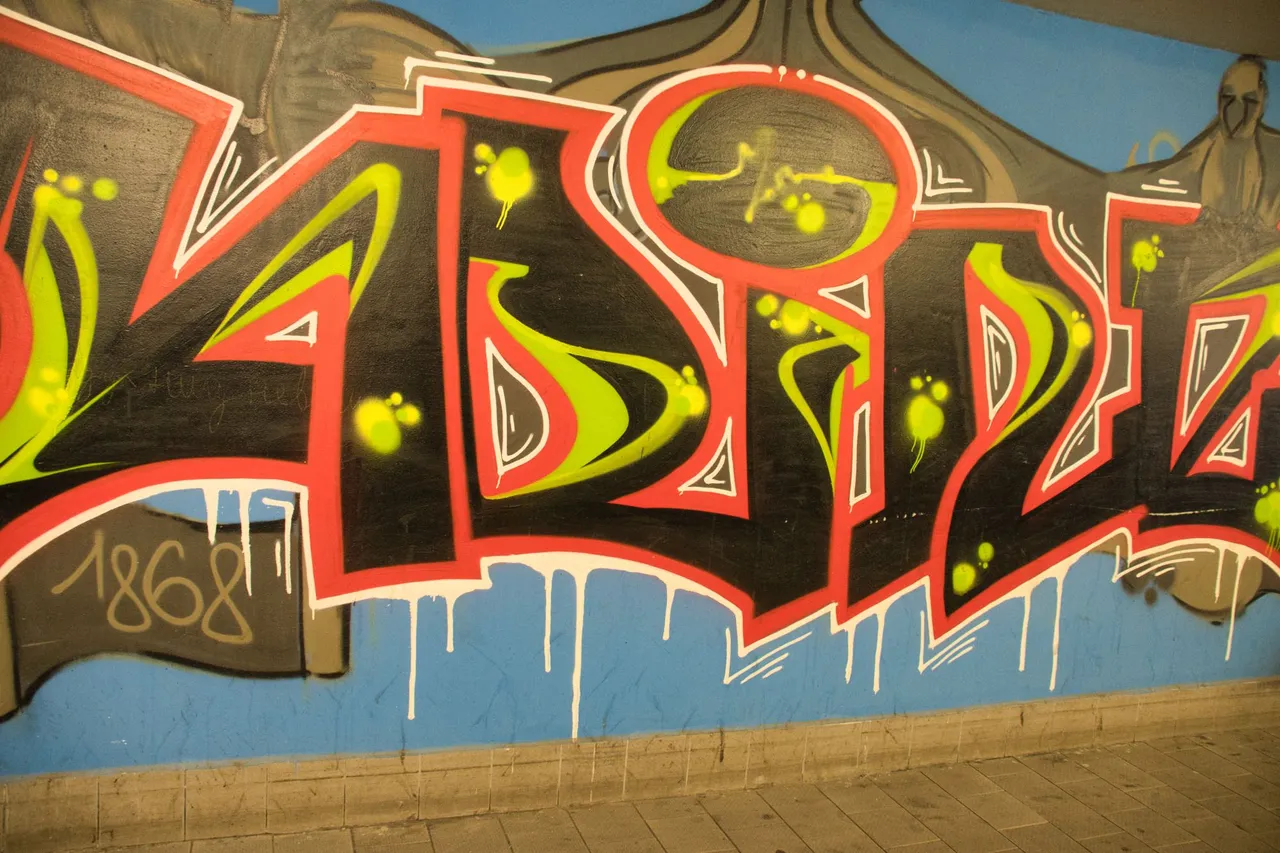
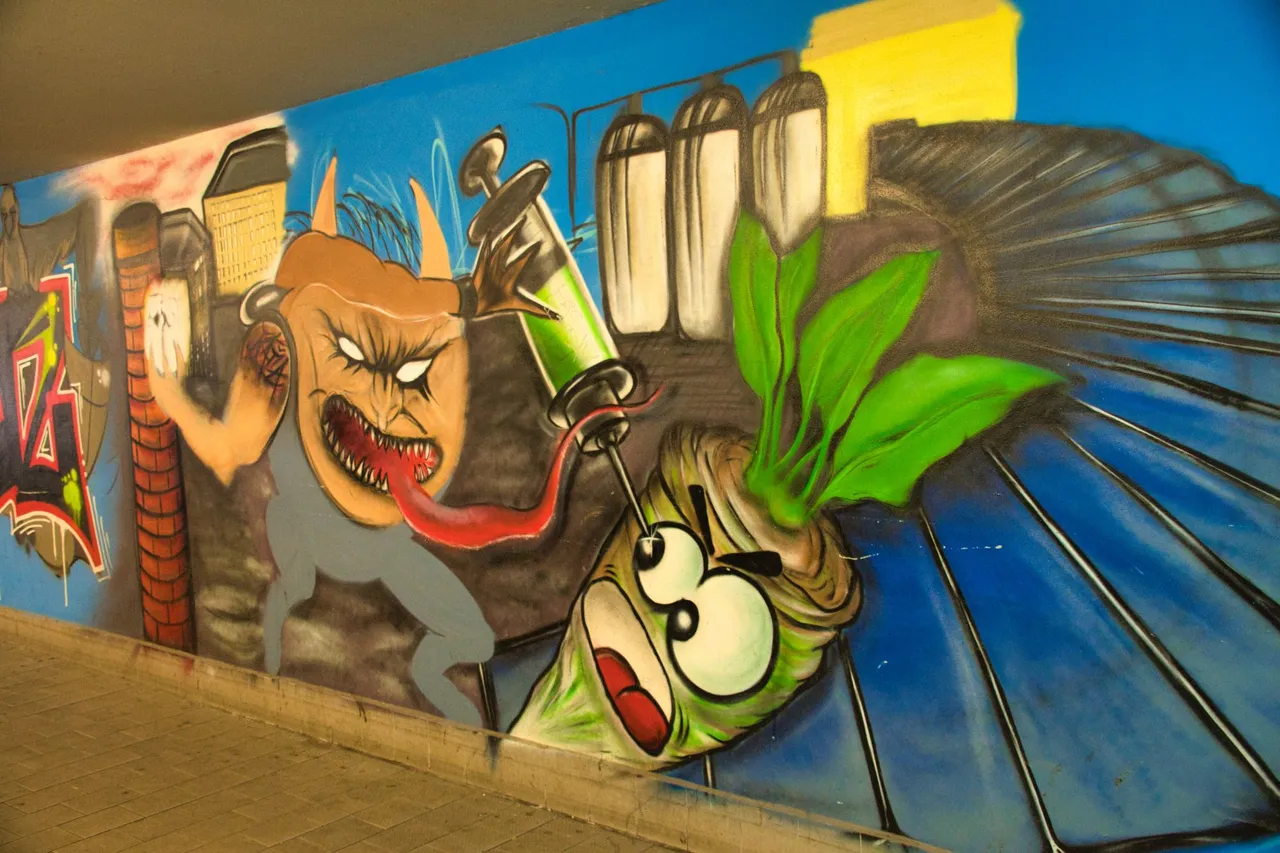
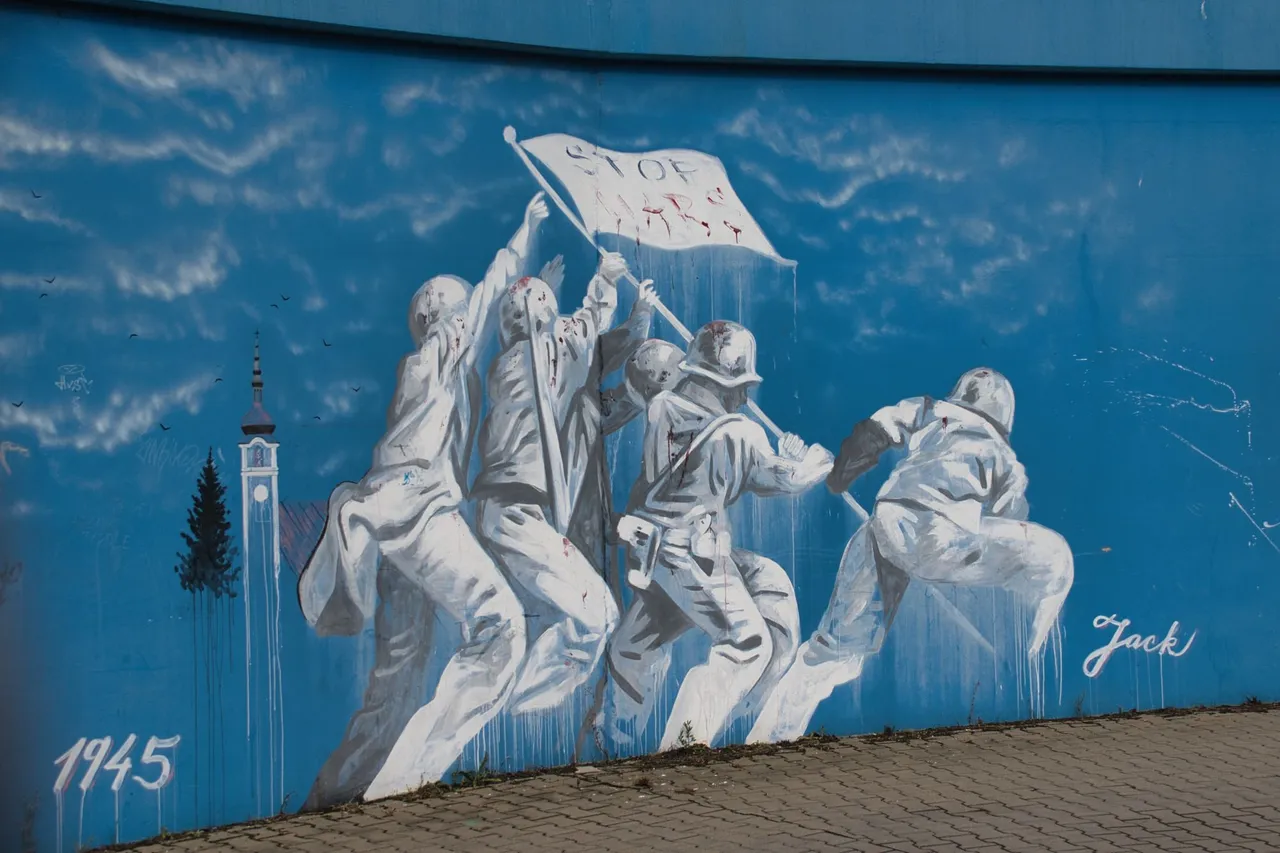
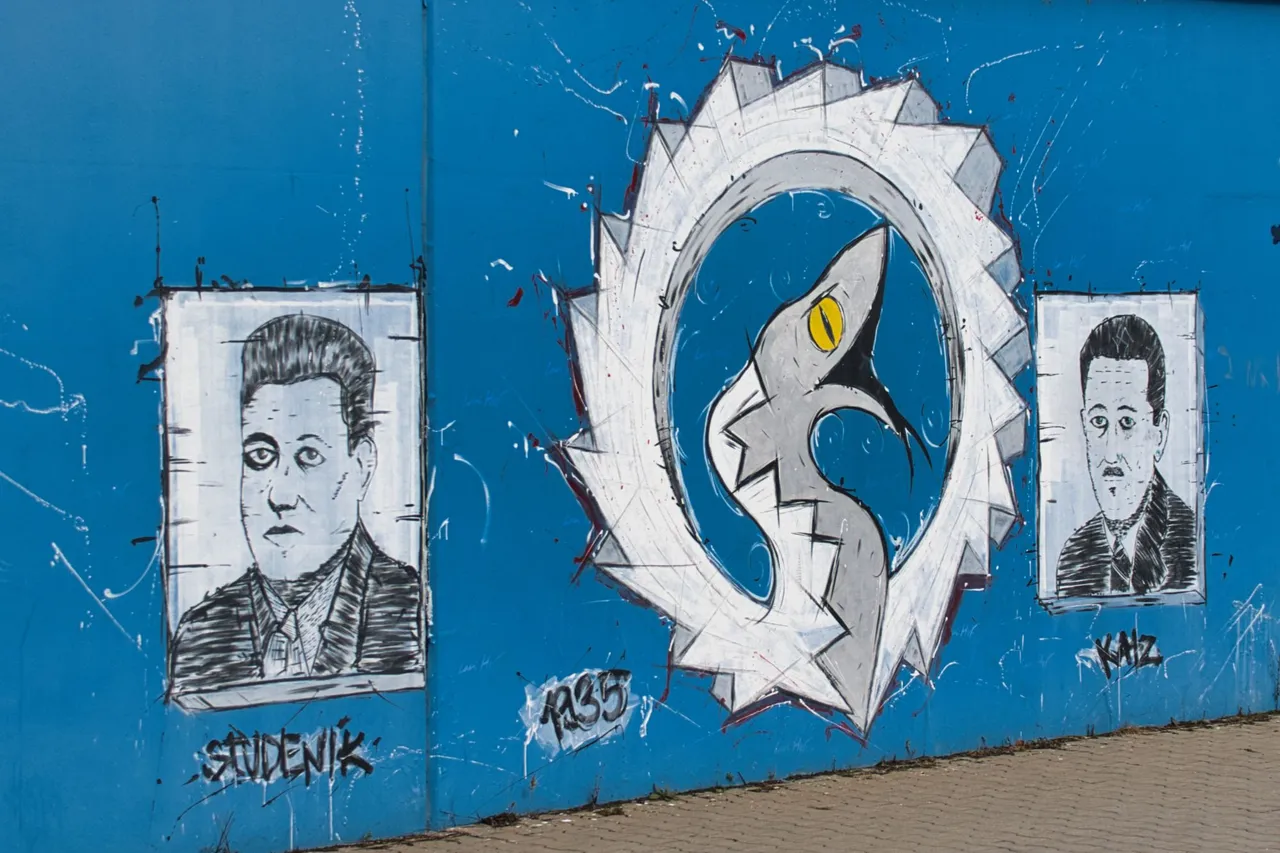
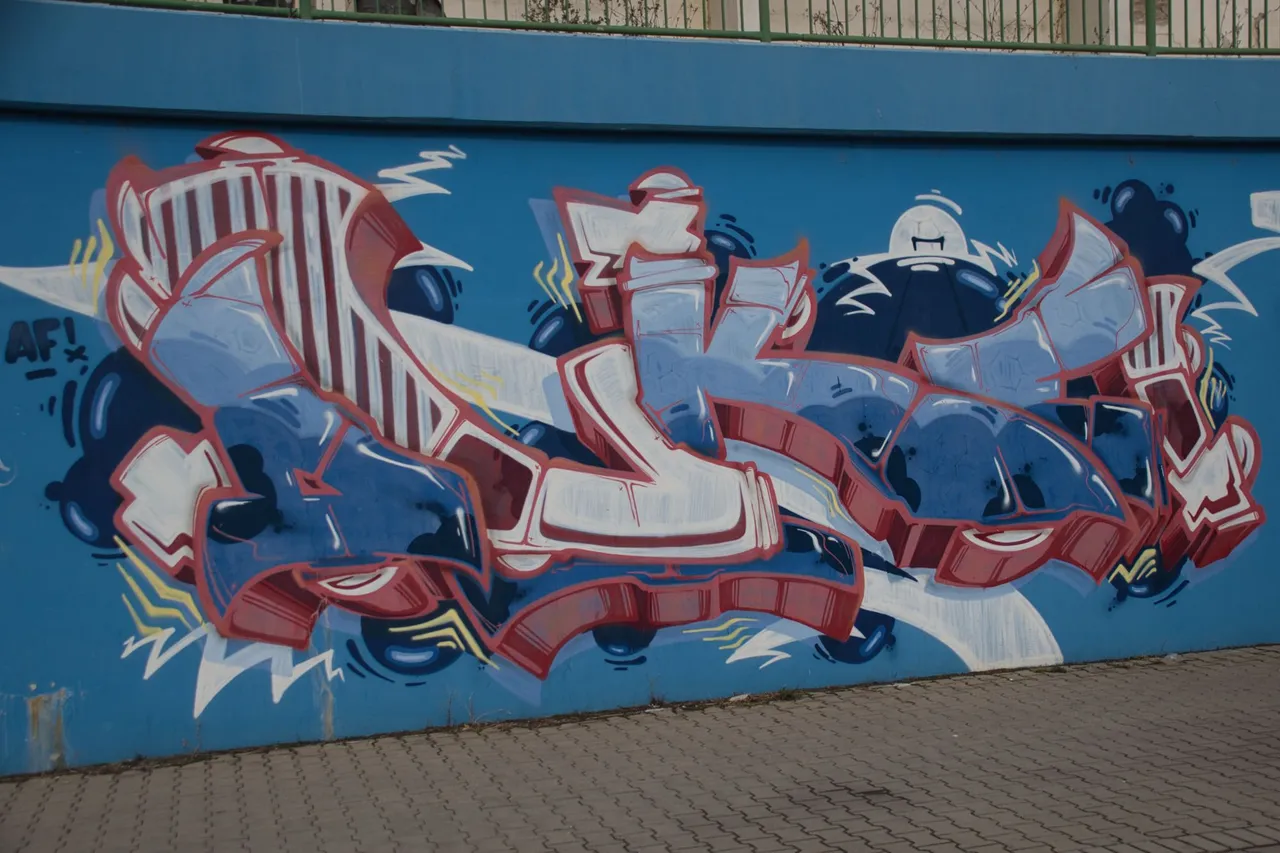

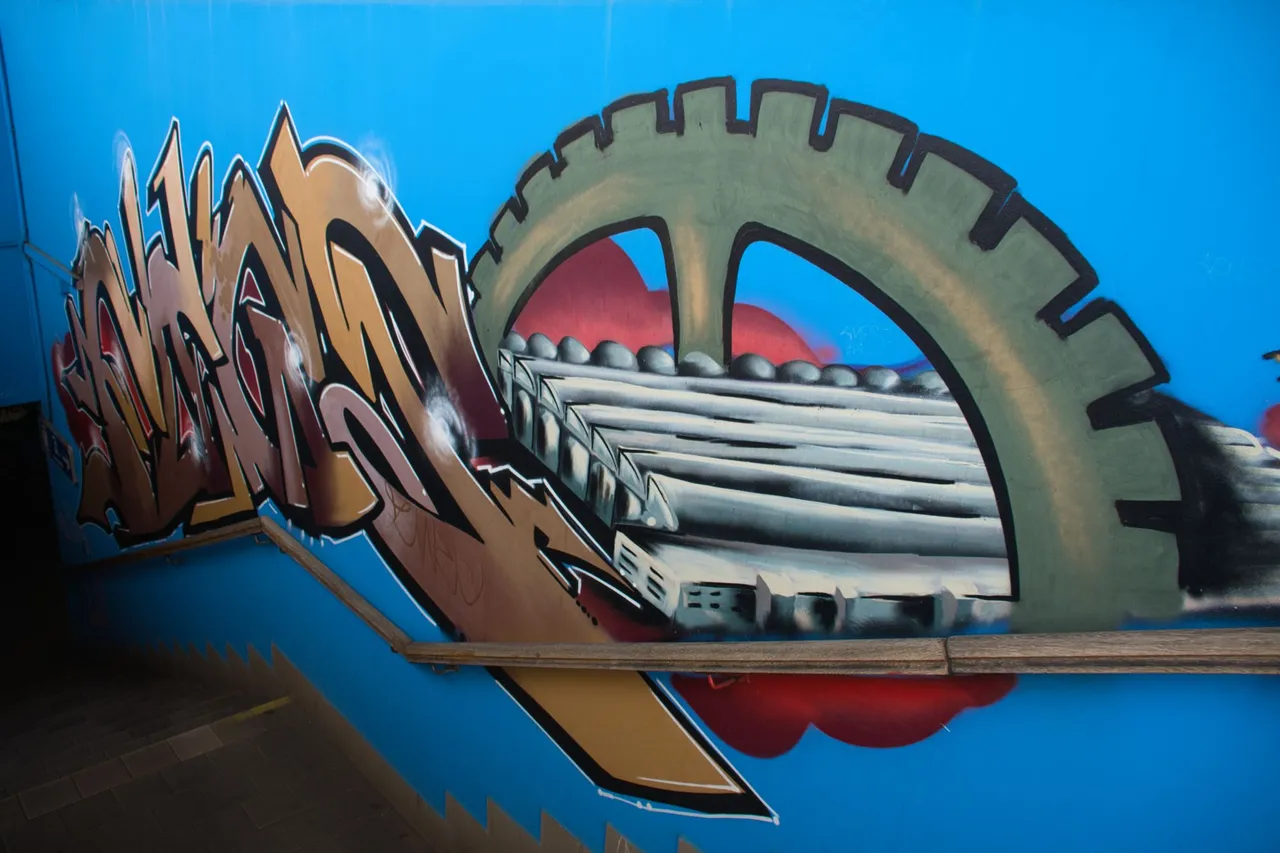
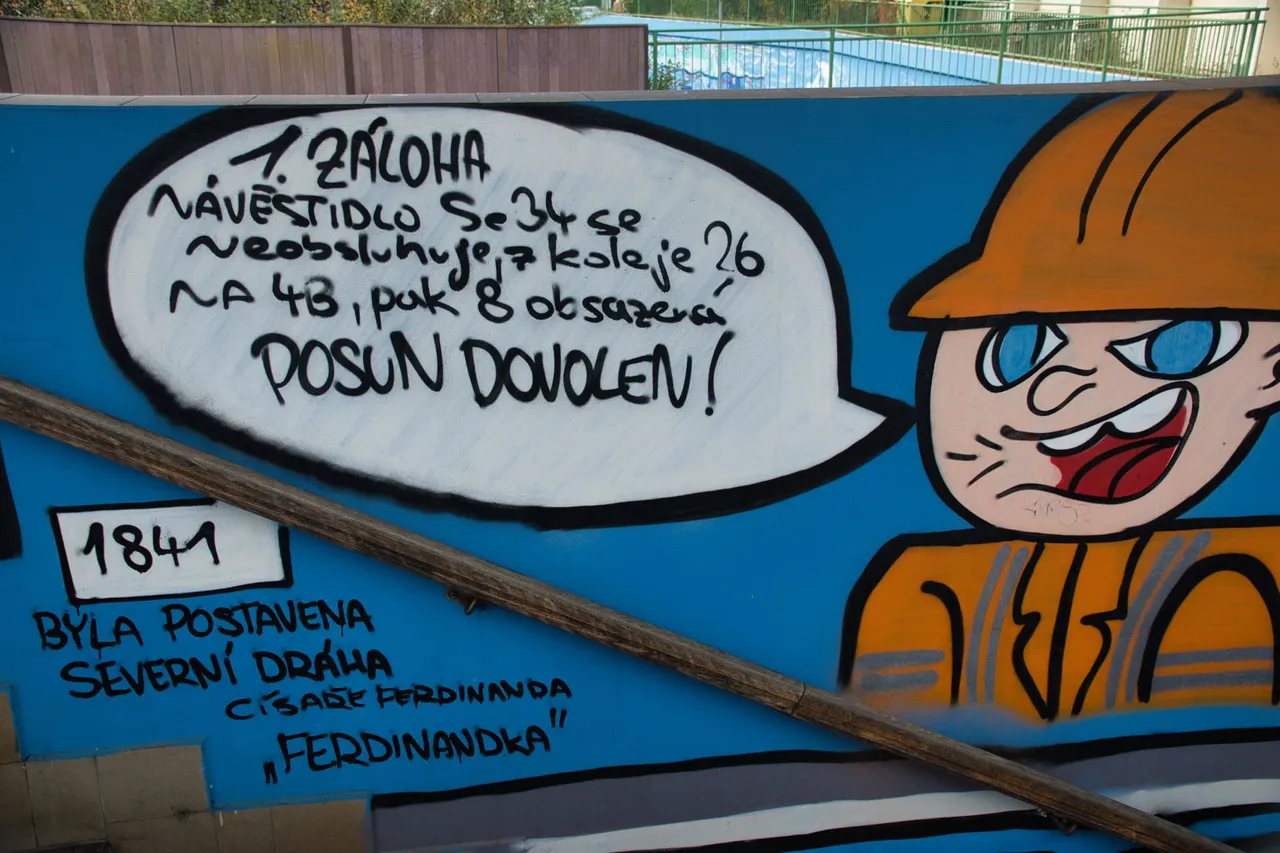
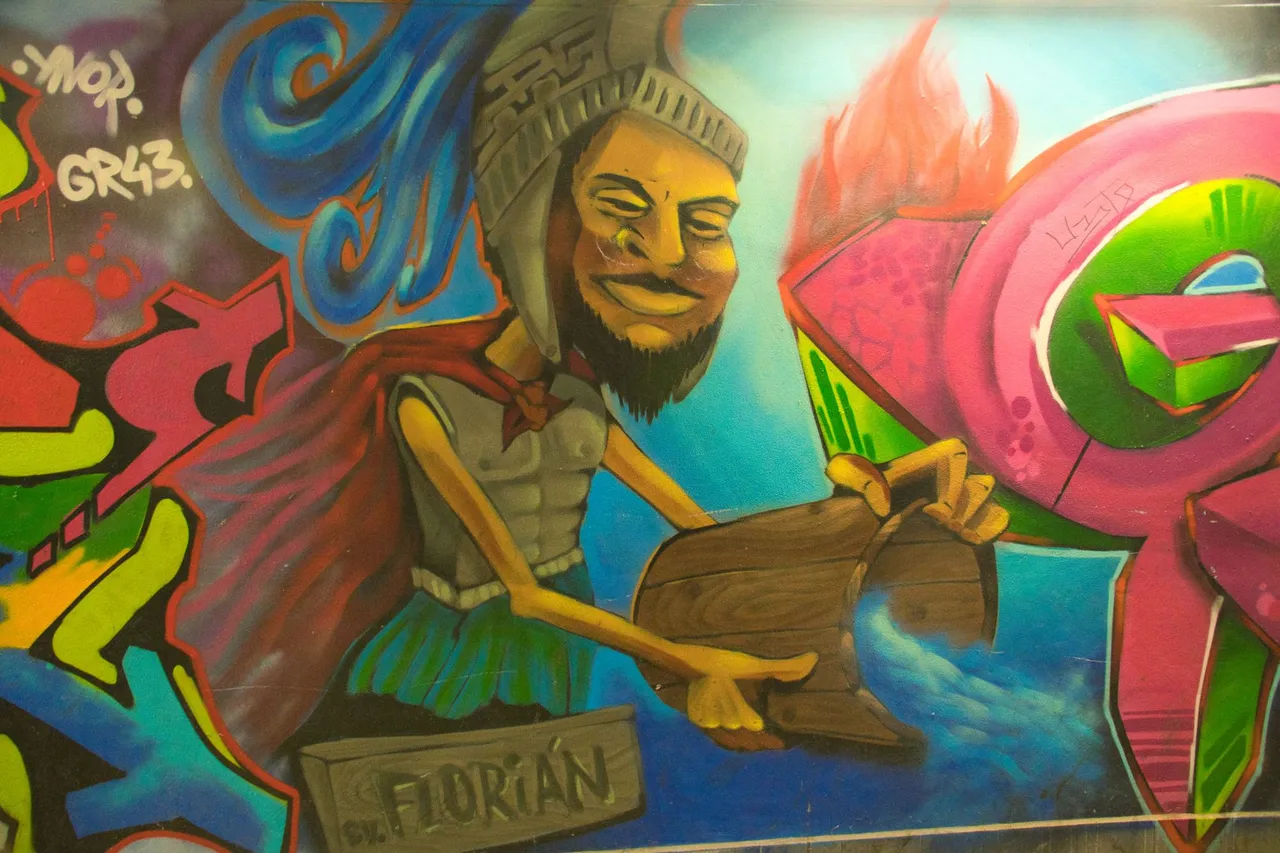
The last photo here is not graffiti, it's sgraffito. Different techniques, but if you think about it, the two are pretty close. At least as a kind of large-scale wall art intended for public spaces.
Tady na poslední fotce není graffiti, ale sgrafito. Jiná technologie, ale když se nad tím zamyslíme, obojí má k sobě dost blízko. Přinejmenším jako druh velkoformátového nástěnného umění, určeného pro veřejný prostor.
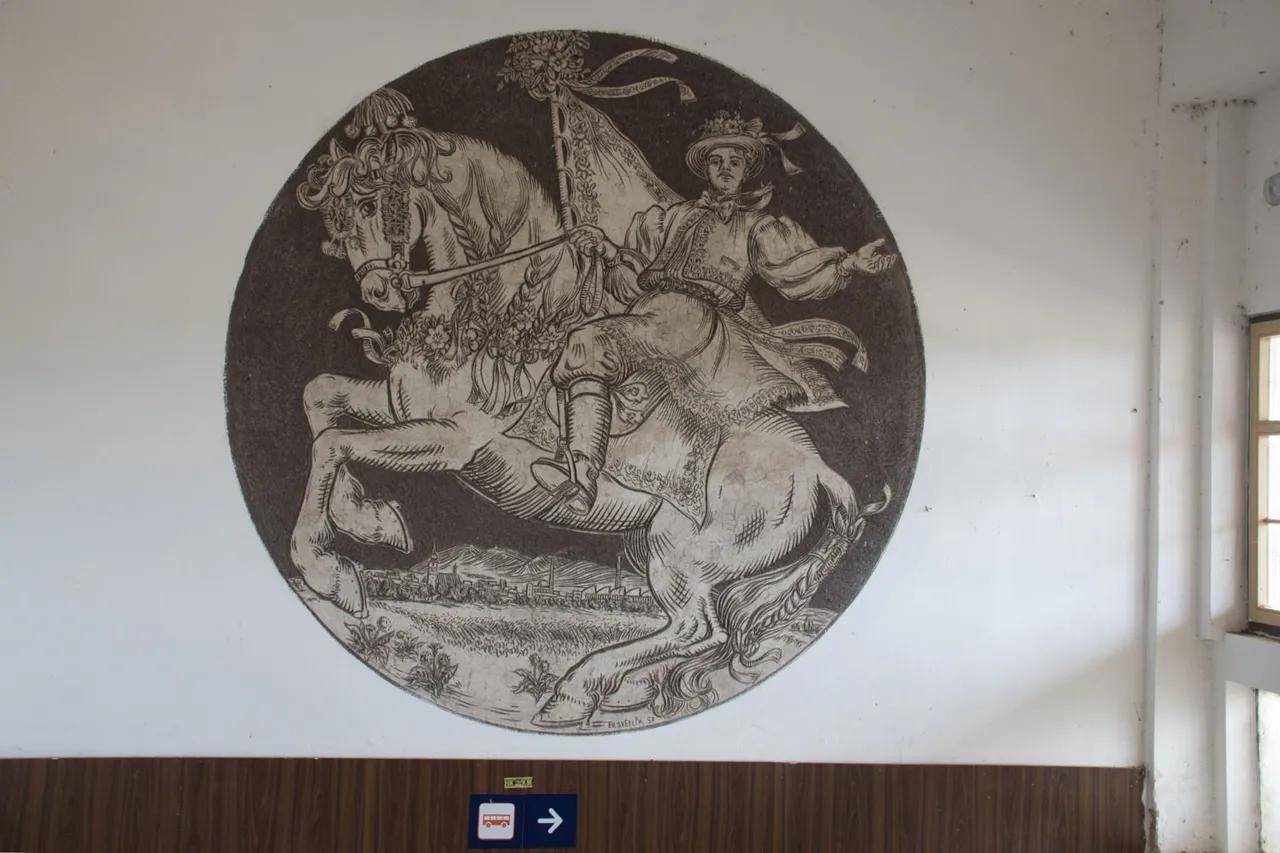

Thank you for taking the time to read this post, if you have any questions, criticisms or suggestions I would appreciate it if you would throw them in the comments box
Translated with www.DeepL.com/Translator (free version)

